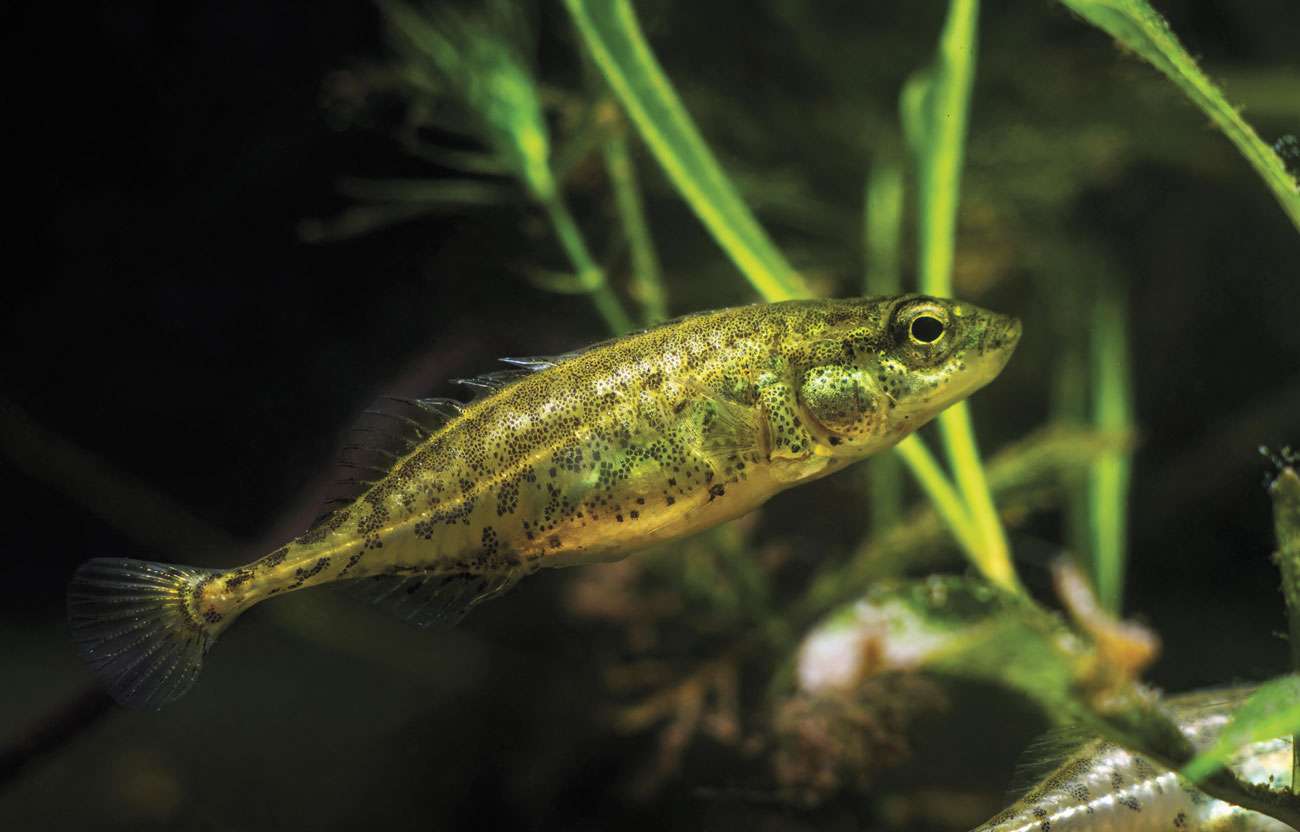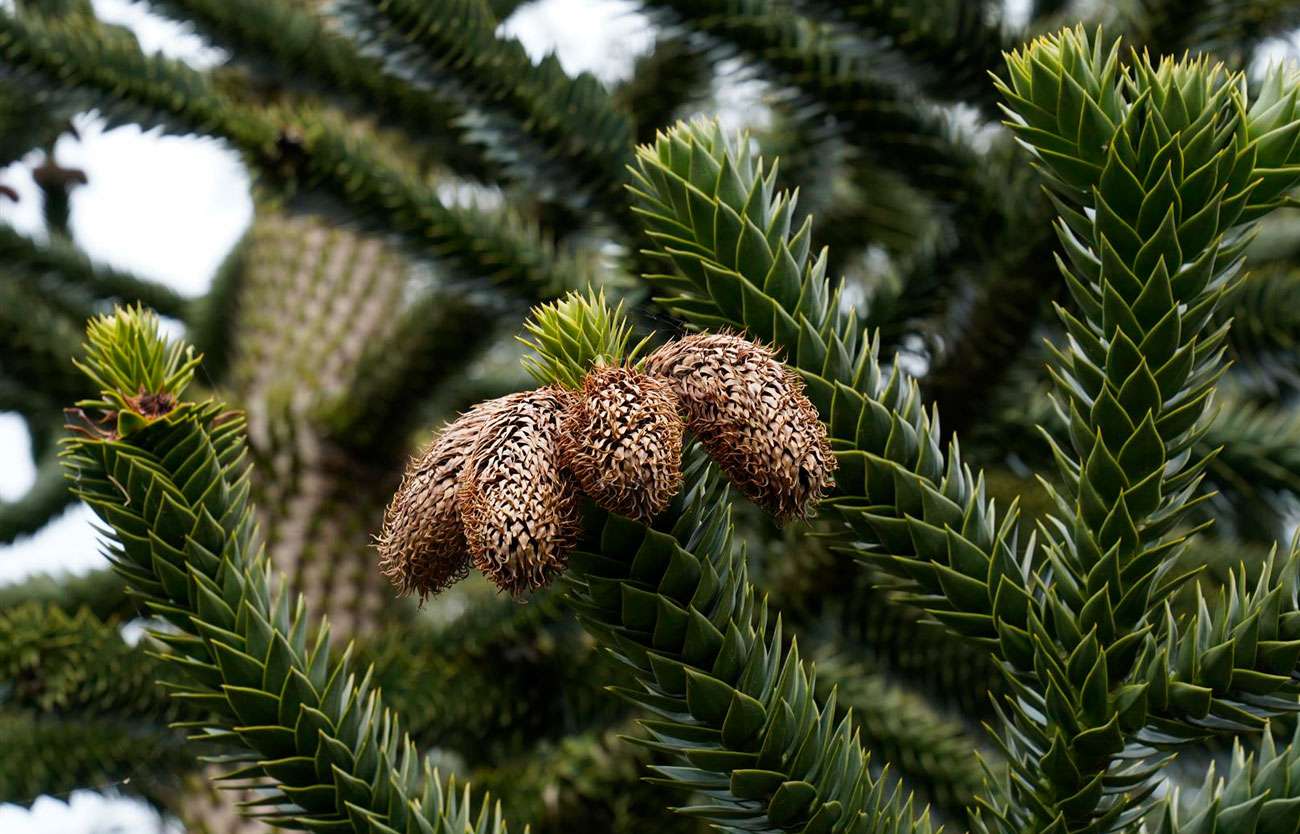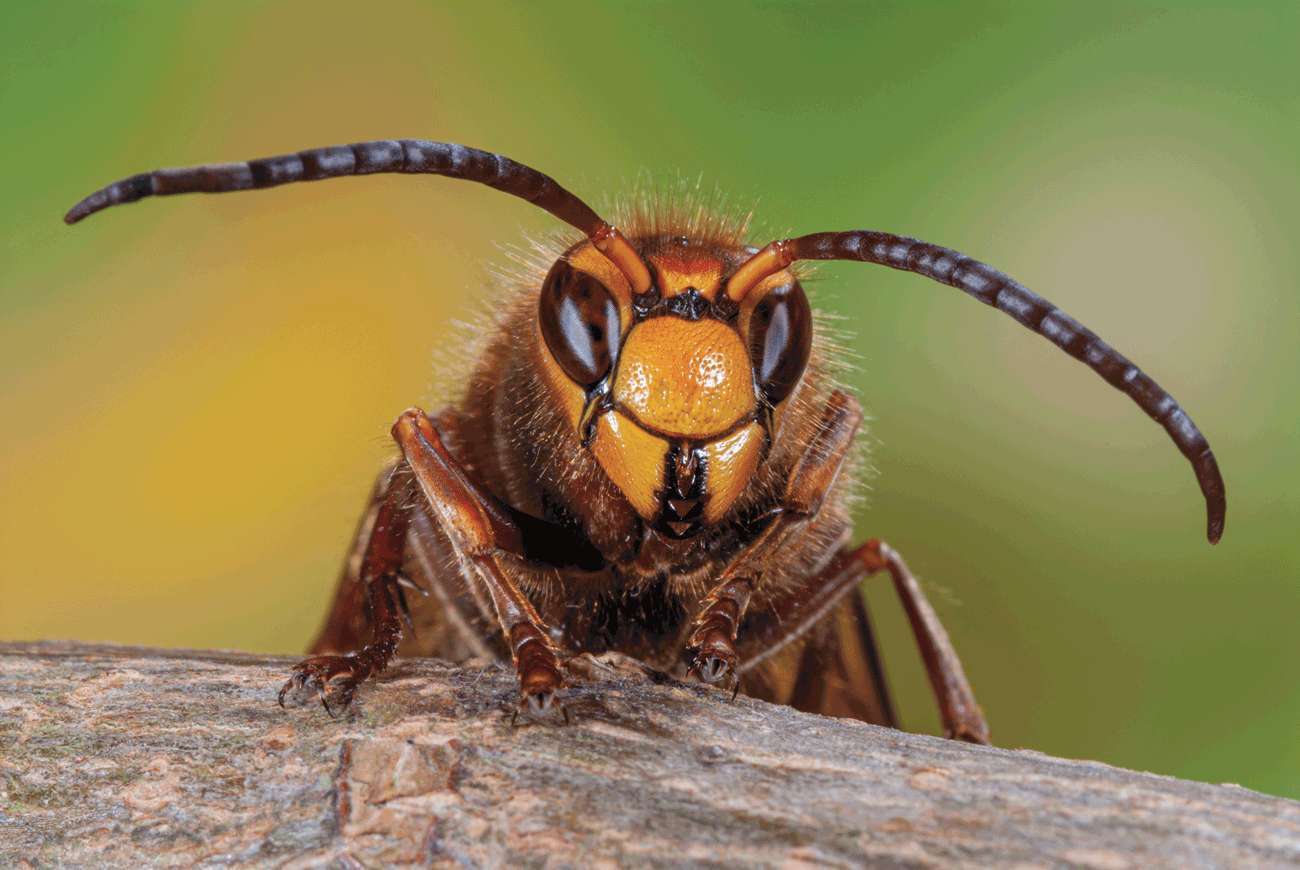
What has happened to my sticklebacks? I have been looking in the brook at the end of my garden for a month now and no sign of them. I’ve lived here since 2007 and every year I have watched the little fish darting back and forth. I creep up quietly, as the moment they sense my presence they hide in the banks. This year, no amount of SAS-style stealth has made any difference. No fish.
The brook is shallow and clear – and even in times of drought, it runs. Ideal conditions for the sticklebacks. They are enchanting little creatures. The male makes a nest of plant fibres on the stream bed and then tries to entice a female whilst aggressively fighting off other males. The breeding season is late spring and the males develop a bright red throat and belly. The female departs after laying her eggs and the male looks after the nest and continues to fan it with his strong fins to oxygenate the eggs. The tiddlers stay near the nest for some weeks – and if they stray too far, the male will collect them in his mouth and bring them back home.
In times of heavy rain the brook runs fast and deep, but the sticklebacks have always hung on. So what has happened? I can’t help thinking that the brook has become polluted – as it seems has just about every waterway in the country. It is shocking that there have been 372,000 intentional sewage spills in 2021. The Government acknowledges the problem but has set the deadline for action at 2050! By which time our waterways will be open sewers, lifeless except for water born diseases. If you would like to be part of monitoring the local water quality, find out more about Cranleigh Waters Community Rivers Project on Facebook or surreywildlifetrust.org/whatson/outdoor-practical-volunteering.

Climate change will inevitably alter traditional native flora. It always has, but this time it will be rapid and observable. Examples are the Redwoods and Sequoias from the Californian coast and the Monkey Puzzle trees from Chile, which are under threat of extinction in their native land. Extreme weather conditions threaten the trees with frequent droughts and fires – and forest mismanagement including illegal logging is also to blame. Perhaps the future of Sequoias is over here; they are being planted in the Brecon Beacons to offset carbon emissions, and they are thriving.
In the mid 1800s plant hunters from Britain travelled far and wide and brought back seeds or cuttings from a huge range of plants; partly from curiosity and partly to exploit any commercial or medicinal qualities these plants might have. Large landowners would compete for exotic plants for their estates – and here in Cranleigh you can still see introduced ‘exotics’. The much loved maples on the edges of our common are Canadian – Acer Schwerderii – planted in the late 1800s by Mr Rowcliffe of Hall Place. Near the council tennis courts you can see a magnificent Redwood and two Monterrey Pines. And, of course, the Cedar of Lebanon in St Nicolas’ churchyard.
The photo by Mark Matthews shows a young Monkey Puzzle in the Parish cemetery. This odd looking tree, Araucaria Araucana is a native of Argentina and Chile, sometimes called the Chile Pine and is the national symbol of that country. The story of its introduction to Britain is interesting. Achibald Menzies, a surgeon and plant hunter was part of the team on the ‘Vancouver’ ship which was surveying the west coast of America. At a banquet in Santiago, Chile, he was given some nuts after his dessert. Instead of eating all of them, he pocketed a few and managed once aboard, to plant them in a box of soil. Five sprouted and on his return he gave them to Kew Botanic Gardens – where most of the foreign curiosities ended up. Soon there was a craze for this odd conifer and the name ‘monkey puzzle’ was apparently coined by a visitor to a landed estate who said on looking at the ferocious spines on the trunk “climbing this tree would even be a puzzle to a monkey”
These evergreen trees are very long lived and can grow large, as anyone who planted one too close to their house has discovered. Male and female flowers are produced on the topmost branches of separate trees. They develop into cones ripening from green to brown in their 2nd autumn. It is a bizarre looking tree but I find it a real Wild Wonder!
Beryl Harvey Fields is Cranleigh’s nature conservation site. We need volunteers. For further information: visit our conservation site in Cranleigh – or better, volunteer. Contact Philip Townsend at: for details.











